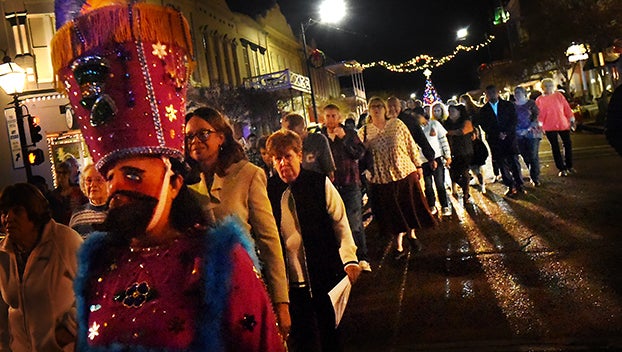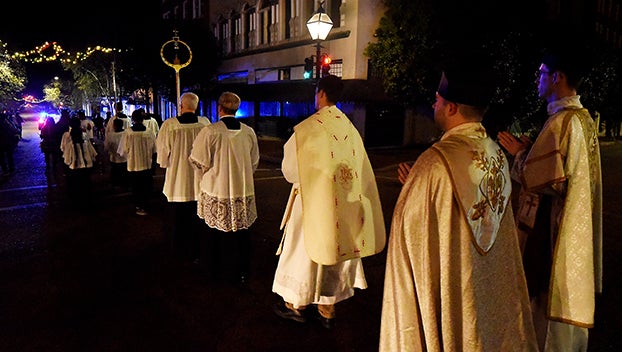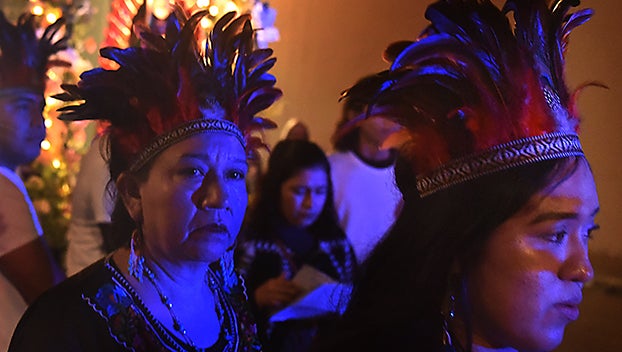Mississippi community celebrates ‘Our Lady of Guadalupe’ with procession, celebration
Published 11:55 am Tuesday, December 13, 2022
Members of St. Mary Basilica and the wider Hispanic catholic community in Adams County and Concordia Parish came together Monday evening to celebrate the Feast of Our Lady of Guadalupe with a procession, mass and celebration at the church on Union Street.
An authentic Mexican meal was prepared for the celebration at the church’s Family Life Center on Main Street.
The Rev. Aaron Williams, rector of St. Mary, said the feast comes at the end of a twelve-day sequence of prayer where the image of Our Lady of Guadalupe that was carried in Monday night’s procession was taken to different family homes in the area for community gatherings of prayer and music.
The feast in honor of Our Lady of Guadalupe goes back to the sixteenth century.
According to Francicanmedia.org, Chronicles of that period relate the story of a poor Indian named Cuauhtlatohuac who was baptized and given the name Juan Diego. He was a 57-year-old widower and lived in a small village near Mexico City.
On Saturday morning, December 9, 1531, Diego was on his way to a nearby barrio to attend Mass in honor of Our Lady. He was walking by a hill called Tepeyac when he heard beautiful music like the warbling of birds. A radiant cloud appeared and within it a young Native American maiden dressed like an Aztec princess. The lady spoke to him in his own language and sent him to the Bishop of Mexico, a Franciscan named Juan de Zumarraga. The Bishop was to build a chapel where the lady appeared.
Eventually, the bishop told Juan Diego to have the lady give him a sign. At about this same time, Juan Diego’s uncle became seriously ill. This led poor Diego to try to avoid the lady. The lady found Diego, nevertheless, assured him that his uncle would recover and provided roses for Juan to carry to the bishop in his cape.
When Juan Diego opened his cape in the bishop’s presence, the roses fell to the ground and the bishop sank to his knees. On Juan Diego’s cape appeared an image of Mary exactly as she had appeared at the hill of Tepeyac. It was December 12, 1531.
















